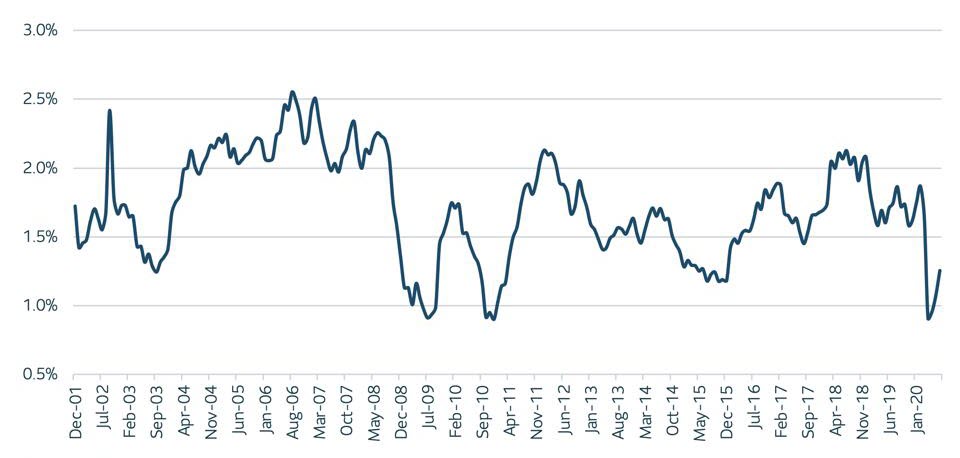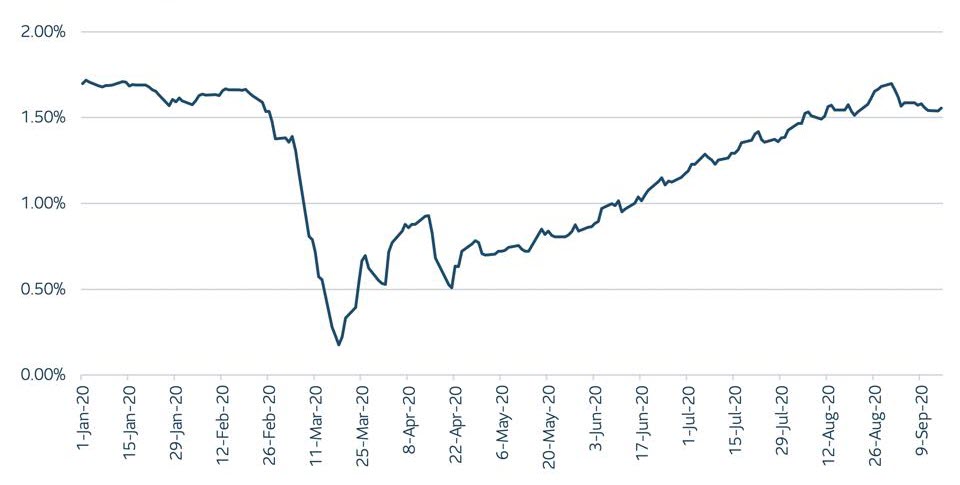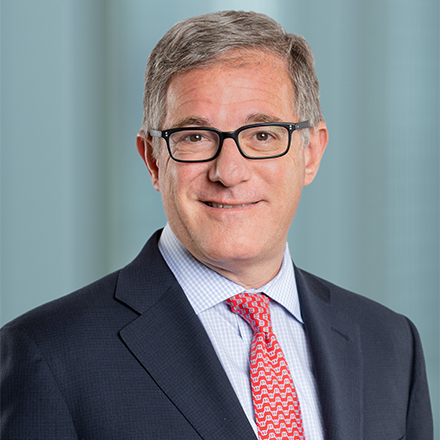For decades, the Philips Curve (the theory that suggests unemployment and inflation are inversely related) guided central banks. But after two decades of muted inflation, and with unemployment running from highs to lows, central banks are forced to rethink their policies amid a global pandemic. The phenomenon is not unique to the US - Europe and Japan have also seen the same effects.
The Fed’s new approach is to abandon the view that there is a predetermined minimum unemployment level or full employment inflection point where inflation ignites. Rather, the Fed will focus on eliminating employment shortfalls by tolerating wider and more prolonged inflation shifts from its long term 2% target. If this policy had been in effect over the last decade, there probably wouldn’t have been any rate increases, as inflation persistently hovered below target. So, will this new innovation work?
Is the Philips Curve really dead?
In 2018 James Bullard, the Saint Louis Federal Reserve Bank President, rhetorically asked “Who killed the Phillips Curve?” and pointing to his Fed colleagues, pronounced “The suspects are in the room.”
The Philips Curve was first published in the 1950’s, based on decades of British data, and was a formative tool in every central banker’s toolbox. It concluded that as jobs increased, unemployment dropped and prices rose. As its finding seemed obvious, it was readily embraced by policymakers.
It also helped crystallize the role of central banks to find the optimal balance between employment and inflation. Eventually, most developed economy central bankers concluded 2% was the preferred inflation target.
But somewhere along the way the relationship got derailed and the Philips Curve seemed to be flatter than initially modeled. Economists reinterpreted the findings, suggesting there was an estimated unemployment level at which jobs would get hard to fill, and inflation would spike. They were confident this unemployment level existed, but were never certain of its value.
Then, the geopolitical backdrop began to change. As central bankers started formally targeting inflation in the late 1990’s they found it harder and harder to stoke inflation. Growth spurts, recessions and wild swing in unemployment seemed to have little impact on a fairly contained inflation level.
Global outsourcing ramped up as China joined the World Trade Organization (WTO) in 2002. Labor’s bargain power started to drop as unions faded and central banks’ own efforts to target inflation were having an effect. The combination of these forces seemed to anchor inflation in a tight range.
How Radical A Shift Is This New Fed Policy?
While it took some soul searching, Powell announced on August 27, 2020, that enthusiastic dedication to the Philips Curve would end. The Fed would now work harder to stamp out as much unemployment as it could and see where inflation landed. The inflation target would still hold, but only as a running average. And episodes of low inflation would allow potential overheating in later periods to make up for any shortfall.
The move was certainly a creative shift in helping deliver more jobs, as it doesn’t chock off job creation prematurely. It better recognizes those dislocated in earlier downturns, struggling to move from marginal work to full time employment.
However, it is uncertain whether this policy will fire up inflation expectations. After all, since the 2008-09 financial crisis, inflation has struggled to breach 2% for any extended period.
PCE Core Inflation

Source: Bloomberg, U.S. 5-Year Breakdown
PCE Core Inflation SLC MANAGEMENT
Further, it appears that markets shrugged off the new methodology as Powell rolled it out. Inflation expectations initially edged up, but they then quickly retraced back to pre-announcement levels. Interest rates remained unchanged and the dollar has appreciated. All of which are reminders that the markets doesn’t see any seismic shift in inflation anytime soon.

Source: Bloomberg, U.S. 5-Year Breakeven
Inflation Expectations SLC MANAGEMENT
Can The Fed Get Inflation Moving?
Without a change in its asset purchase program, Powell’s communication thus far will act as forward guidance to confirm Fed rates will stay low. Markets expect this, and have already priced in low rates for the foreseeable future. However, if the Fed eventually steps up its asset purchase program, then markets will respond and stocks will likely get a boost.
This amplifies the challenge for the Fed: The only inflation it can directly control is asset appreciation. It can’t readily stoke consumption. Cheaper funds can drive housing and other large ticket purchases, but low rates haven’t created a borrowing stampede. This is partly because banks have remained cautious in the face of moderate growth, and partly because rates can’t go much lower, as the Fed has been adamant about its aversion to negative rates.
The market sees the Fed’s Achilles heel. And ultimately, the Fed will need help from fiscal support to get inflation moving. A bump in the national minimum wage and some infrastructure spending could rekindle inflation. However, without that, the Fed may have a tough time hiking wages and prices on main-street.
This article first appeared in Forbes. This material contains opinions of the author, but not necessarily those of Sun Life or its subsidiaries and/or affiliates.






